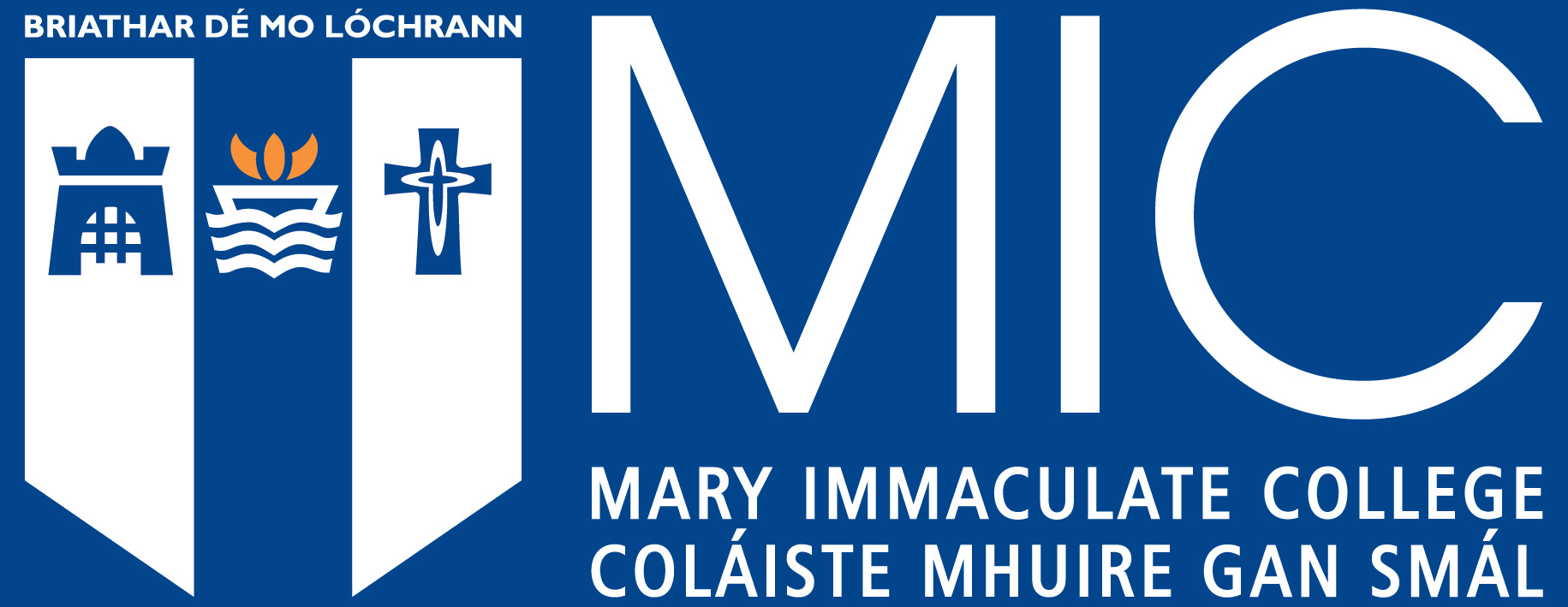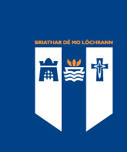Content and Language Integrated Learning in Italian upper secondary schools – A Case Study
Abstract
The term ‘Content and Language Integrated Learning’ (CLIL) was coined in the mid-1990’s to describe and enhance practices in content-based language learning (Coyle, Hood, & Marsh, 2010). The rapid integration of Europe since 1990 has increased the need for efficient and appropriate language education methods (Coyle, Hood, & Marsh, 2010). CLIL teachers are usually experts in either subject areas or language learning; rarely both. This dissertation presents data from a qualitative study examining secondary school subject teachers in Italy who currently practise CLIL in their subject lessons. Italy represents a unique context for the study of CLIL as recent legislation has made CLIL compulsory in the final year of upper secondary schools. This study, therefore, aims to use the opportunities this context provides to explore the beliefs of subject teachers practising CLIL. The study also aims to look at the language teaching objectives and methods these teachers incorporate into their teaching. A qualitative approach to data collection and analysis underpins the study, enabling an understanding of how subjects define and perceive their own situations (Marshall & Rossman, 1995). To this end, structured one-to-one interviews and stimulated recall sessions are used. Four subject teachers volunteered to participate in two sessions of interviews. Findings from the study reveal that teachers continue to identify as subject teachers only, and this places limits on language learning opportunities. Context specific factors also negatively influence the teachers’ perceptions of CLIL. The results of the study contribute to a better understanding of a context that has been the subject of little research to date. It is hoped that the study will also contribute to the improvement of CLIL practices in mainstream education in Italy, and to an appreciation of the need for sustained professional support for CLIL teachers. Suggestions for future research are also identified.


